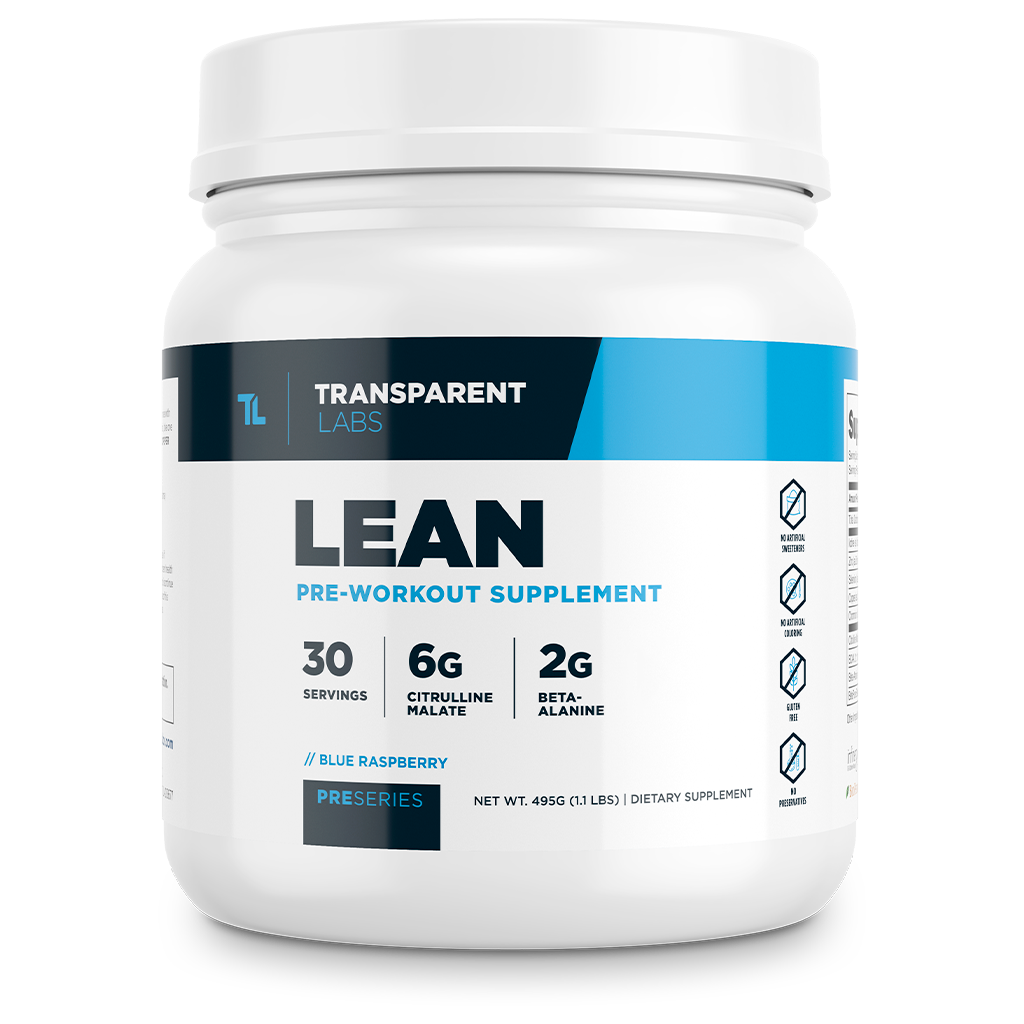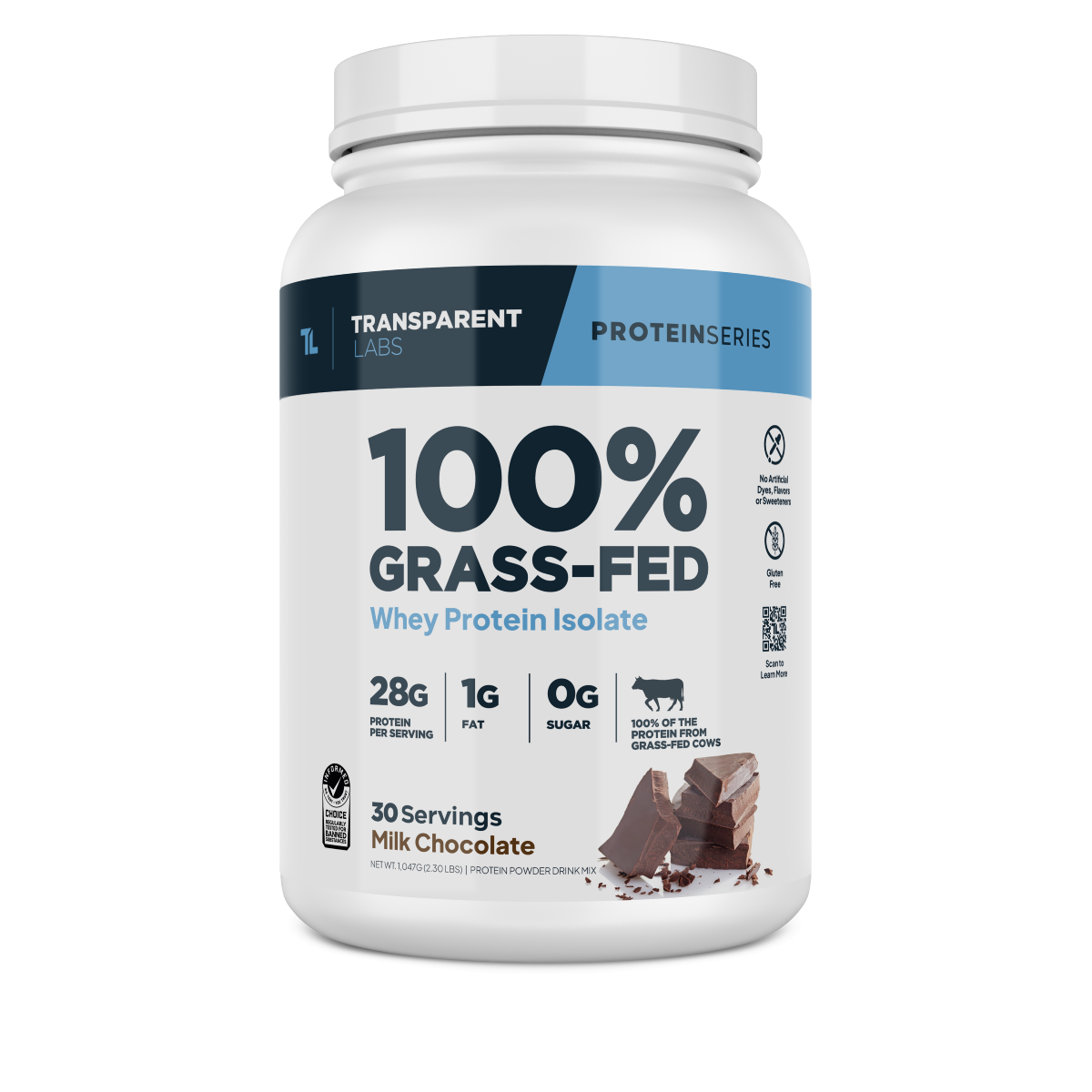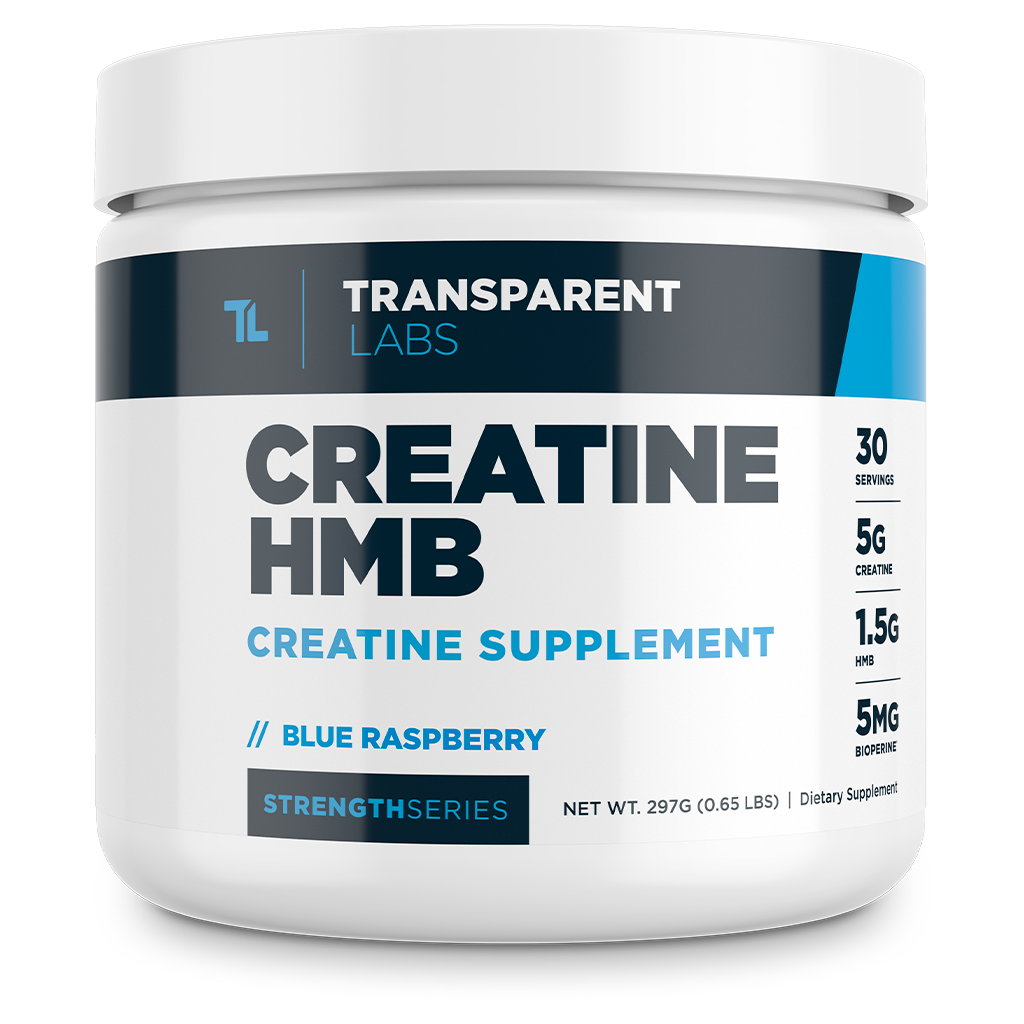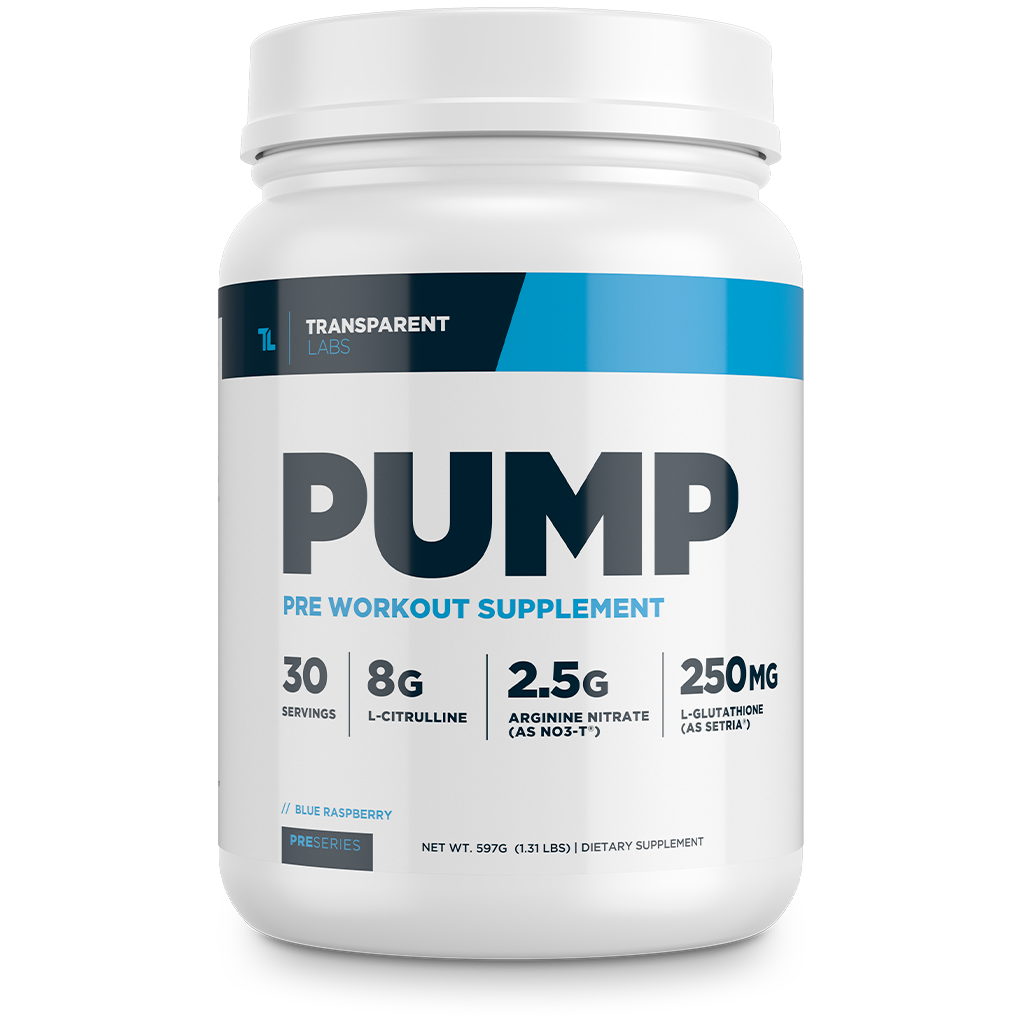HIIT vs. Steady-State Cardio: Which Is Really Best for Weight Loss?

High-Intensity Interval Training (HIIT) for Cardio: Is It Best for Weight Loss?
In recent years, the sentiment among gym-goers and fitness enthusiasts has been that high-intensity interval training (HIIT) is better for weight loss than traditional low-to-moderate intensity, steady-state cardio. But is that really what the data shows? Well, yes and no. The HIIT vs. steady-state cardio debate remains a contentious one, and there is no clear-cut consensus on which form of cardio is "optimal" for losing weight.
This article will summarize salient research findings to demystify the claims about HIIT workouts and their alleged advantages over steady-state cardio. By the end, you'll have a better understanding of how each cardio modality compares for those looking to burn body fat and improve their overall health.
HIIT vs. Steady-State Cardio
Essentially, HIIT is any form of cardiovascular exercise where you exert yourself as hard as you can until exhaustion kicks in (e.g., sprinting for 15-20 seconds). Doing so forces your body to rely on anaerobic metabolism (since oxygen is depleted), and you end up taxing a variety of energy systems in the body. In turn, a HIIT workout elicits a variety of metabolic adaptations that traditional steady-state cardio does not.
Here's an example High-Intensity Interval Training (HIIT) routine:
- Warm-up with 5-10 minutes of light jogging
- Sprint for 15-20 seconds
- Walk for 60-90 seconds until you are fully recovered
- Repeat 5-10 times (aim to improve your capacity over time)
What is Steady-State Cardio?
Steady-state cardio is pretty straightforward and entails performing an aerobic exercise (e.g., jogging) at a low-to-moderate intensity/pace. For example, biking 20 miles at a modest rate (20 MPH) is steady-state cardio.
The main difference between high-intensity workouts and steady-state cardio is that the former pushes you to the lactic acid threshold (LET). In contrast, the latter keeps you well below that threshold (thus, you can sustain the pace over an extensive period).
That difference is often cited as the reason HIIT is better for weight loss than steady-state cardio...but is that the case?
Benefits of HIIT vs. Steady-State Cardio

While steady-state may seem better for fat loss in the short term, current research suggests that HIIT provides the same benefits in a more time-efficient manner [1]. HIIT also enhances muscle gain in active individuals, whereas extensive steady-state cardio may be detrimental to muscle building (and lean body mass retention when cutting) [2].
Steady-state cardio is primarily a means of burning extra calories throughout the day; it doesn't do much beyond that. On the other hand, performing HIIT for cardio can promote fat loss for up to 24 hours after working out (assuming you train hard enough).
HIIT induces a multitude of physiological effects that traditional steady-state cardio does not. Literature suggests that such metabolic adaptations include:
- Lower appetite
- Greater excess post-exercise oxygen uptake (EPOC)
- Healthier blood lipid profiles and blood pressure readings
- Increase in VO2 max output
- Favorable endocrine modulation
These beneficial changes are seemingly less pronounced after performing steady-state cardio [3, 4, 5].
Studies also demonstrate that doing a few HIIT sessions per week (and, of course, watching your diet) can help prevent/reverse type-2 diabetes [6].
Intuitively, you can see why HIIT would be preferable for someone looking to be healthy and lean. But interval training is not without some drawbacks. For one, HIIT is not suitable for everyone due to the demands of high-intensity workouts. In addition, some people may be restricted from performing HIIT for cardio if they lack mobility or have chronic joint pain.
The Case for Steady-State Cardio
Steady-state cardio has its place in almost anyone's weight-loss regimen for several reasons. When you need a way to burn calories without taxing yourself too much physically, going for a brisk walk or jog helps you do just that. Steady-state cardio is also prudent for warming up and cooling down after resistance training.
That being said, be cautious of overdoing the amount of steady-state cardio you do, especially when trying to lose weight. Most people get carried away with the amount of steady-state cardio they perform, which can ironically make it harder to lose fat in the long run (not only that, they start to lose a lot of their hard-earned muscle).
If you're doing two hours of cardio daily on top of a calorie-restricted diet, your basal metabolic rate will drop to compensate for the sharp energy deficit. Once you cut out the cardio, acute weight regain will be inevitable.
Another thing to consider is that steady-state cardio should be something you enjoy. For example, going for a walk or bike ride outside on a sunny day can help break the monotony of mindlessly strolling on the treadmill at the gym.
Is Fasted Cardio More Effective for Weight Loss?
Fasted cardio is another topic in and of itself, but the main thing to know is that there is a lack of research suggesting it is better for fat loss (in the long term) [7]. While fasted cardio (specifically at moderate intensity) is an effective way to increase fatty acid oxidation, it's unclear if it leads to meaningful improvements in lean body mass compared to cardio in the fed state. One study even found that eating something — particularly protein — before doing cardio encourages more significant fat loss and muscle retention than fasted cardio [8].
So, eat a small snack, or at the very least, take a scoop of Transparent Labs INTRA essential amino acids (EAAs) before you do cardio; you'll be happy you did when all is said and done.
Should You Do HIIT or Steady-Sate Cardio Workouts?
HIIT workouts are undoubtedly an effective way to burn fat and keep it off, but steady-state cardio is ostensibly just as effective (albeit less time-efficient). While HIIT stimulates mitochondrial biogenesis and the "after-burn effect," the current body of evidence fails to demonstrate significant weight-loss advantages of interval training compared to moderate-intensity, steady-state cardio. Ultimately, you can't go wrong by incorporating both types of cardio workouts into your exercise regimen.
So, let's recap the major benefits of HIIT workouts:
- More time-efficient than steady-state cardio
- Promotes sustainable fat loss
- Improves insulin sensitivity
- Increases resting metabolic rate (for a period of time)
- Improves cholesterol levels and blood pressure
Steady-state cardio provides all of the same benefits (essentially) but with a greater time commitment.
As a starting point for cardio on a weight-loss regimen, perform 2-3 HIIT workouts every week. Then, add in 2-3 steady-state cardio sessions on days you don't perform HIIT, with a goal to burn 500 calories each.
Once you hit a weight-loss plateau, increase the frequency and/or duration of your cardio workouts. But again, don't get too carried away with cardio. Ideally, your diet should account for the majority of your calorie deficit.
Hopefully, this article has given you some insights into utilizing a combination of HIIT and steady-state cardio for weight loss. So push yourself, stay consistent, and watch your physique transform. The hard work will pay off if you stick with it!





